Between February and March of last year I wrote a long report titled “NATO’s growing military presence in Latin America and the Caribbean.” In three articles, I reported on the strong interference of the United States and stated that the military terrorist conglomerate was not only expanding in Eastern Europe and Asia-Pacific but also south of the Rio Grande. At that time I said: “The same thing is happening in Latin America and the Caribbean, where the United States is beginning an aggressive expansion plan throughout all the latitudes and longitudes of the region.”
A little more than a year has passed, the trend continues and has even increased. With a clear militaristic orientation since the arrival of Joe Biden to lead the administration in Washington in 2021, US policy towards the region has been placed in the hands of the Pentagon and specifically the Southern Command led by General Laura Richardson. She is the main protagonist and executor of the White House’s decisions in the region.
From the beginning, Richardson established the strategic nature of Latin America and the Caribbean for the United States. When asked why the region was important, she herself responded: “With all its rich resources and rare earth elements, you have the lithium triangle, which is necessary for technology today. 60% of the world’s lithium is in the lithium triangle: Argentina, Bolivia, Chile.” She added that “we have [sic] 31% of the world’s fresh water in this region” and that “with that inventory, the United States has a lot left to do.” In addition, she mentioned that her country was interested in “Venezuela’s large oil reserves and resources in oil, gold and copper [and] the Amazon forests that are the lungs of the world.”
She argued that this had to do with the national security of her country, which is why Washington had to establish the parameters of behavior of the Latin American and Caribbean countries and distance the “adversaries” from them, that is, China, Russia and Iran, according to its own definitions.
Of course, to establish such “parameters of conduct”, it is necessary to domesticate the tameable and eliminate the unredeemed who, in defense of their sovereignty and territorial integrity, refuse to kneel before imperial power. That is what Richardson has been doing since her appointment as head of the Southern Command in October 2021, assuming a preponderance in political events that none of her predecessors had. In this context, the State Department has been forced to play a secondary role, ceding its traditional “diplomatic” function to practices of militarization of politics where others are the better experts. In 2024, this trend is deepening.
It is not known whether by orders from the High Command or on her own initiative, Richardson – optimizing her time – has placed emphasis on the penetration of those countries governed by far-right administrations subordinated to the United States. However, in all her visits, she points out the danger posed by “Cuba, Venezuela and Nicaragua, which – encouraged by the support of China and Russia – further destabilize the hemisphere and threaten democratic governance.”
In Uruguay, the right-wing government and the left-wing opposition have reached bipartisan agreements to achieve what the United States embassy in Montevideo has called the discussion on “the bilateral defense partnership between the United States and Uruguay,” that is, an association so that Washington sets foot in Montevideo with two clear objectives: The first is to establish itself at the entrance to the strategic estuary of the Río de la Plata that connects the Atlantic with the important river network of South America and secondly, to strengthen, together with Chile and the Malvinas, the – also strategic – control triangle of the South Atlantic. Initiating the implementation of these decisions, between 8 and 10 officials of US special forces began entering the country on April 7.
In the case of Argentina, the arrival to power of Javier Milei in December of last year paved the way for the delivery of national sovereignty that began during the government of Mauricio Macri and was continued in that of Alberto Fernández. Here, as a way of showing contempt for the national sentiment, General Richardson began a visit on April 2, the date on which the beginning of the Argentine landing in the Malvinas Islands in 1982 is commemorated and which in the country is a day of commemoration and memory. Richardson made fun of all this, with the endorsement of President Milei.
The subordination of the Argentine government to the United States exceeded all norms. Even Pinochet cared a little about maintaining the forms in terms of surrender of sovereignty and subordination to the hegemon. In Argentina, General Richardson – in this case sharing the spotlight with Secretary of State Anthony Blinken who visited the country on February 23, as well as with CIA Director William Burns, who was there on March 20 – completed the agenda of insertion of Buenos Aires into the regional and global control device of the United States, which is in sharp decline in other latitudes and longitudes.
Richardson announced her country’s interest in installing a Naval Base that fulfills the mission of transforming the already created triangle Montevideo-Malvinas-Punta Arenas (Chile), into a quadrangle, both for control of the South Atlantic and also as an intervention mechanism for the United States presence in Antarctica. Imitating the Eastern Pacific Quad formed by Japan, the United States, Australia and India against China, Washington is trying to create a similar organization against South America, in order to reduce the region’s potential prominence on the global stage, especially considering that Brazil is a founding member of the BRICS.
Likewise, as the Argentine analyst Matías Caciabue says, Richardson’s last visit to Argentina also pursued the objective of executing “a military diplomacy exercise around the Far Space Station, CLTC-CONAE, which the government of Cristina Kirchner granted to China for 50 years […] in exchange for allowing the facilities to also be used by Argentine specialists.” Caciabue recalls that: “Although an addendum to the original agreement, made by the then Macrista Chancellor Susana Malcorra, made explicit a restriction on the military use of these facilities, US pressure revolves around CLTC (China Satellite Launch and Tracking Control General) is an institution of the People’s Liberation Army, the Chinese Armed Forces.
On the other hand, and continuing the logic of extreme subordination to the West and NATO, the Milei administration decided to buy 24 obsolete F-16 aircraft from Denmark, without considering that any member country of that organization will ever provide Argentina with the technology necessary for an eventual confrontation with the United Kingdom. Already in 1982, NATO made all its combat potential available to London to defeat Argentina.
Likewise, Richardson managed the presence in Argentine territorial waters of the aircraft carrier George Washington (CVN 73) of the United States Navy, which will be deployed in the South Atlantic area of operations in order to carry out naval maneuvers of the Southern Command. In the region, the George Washington along with the guided missile destroyer Porter (DDG 78) and the replenishment oiler John Lenthall (T-AO-189) are scheduled to conduct exercises and operations at sea with naval forces from the region, where sailors from Argentina, Brazil, Chile, Colombia, Ecuador, Peru and Uruguay will participate, with planned visits to ports in Brazil, Chile and Peru.
In the case of Central America, the United States has prepared the Guardian 24 maneuvers in Honduras and Costa Rica as a multinational exercise that allows it to maintain its presence in the subregion while keeping the area’s armies under its tutelage. In addition to the aforementioned countries, the Dominican Republic and El Salvador will participate.
With the same objective, during this week General Richardson is visiting Guatemala where she intends to “discuss collaborative efforts to address regional security challenges.” Likewise, she will participate in the Central American Security Conference, a meeting held by the Southern Command and which this year will be held in this country.
Regarding the Pacific Ocean, the Southern Command managed to get Mexico to authorize the entry of United States Army soldiers into the national territory. The pro-government senator Félix Salgado Macedonio justified that by saying that this exercise is carried out year after year, “and now it is made more public and transparent” with the approval of the senators.
In the case of Ecuador, a country that has an American president, everything is easier. In accordance with his original citizenship, Noboa acts in favor of the interests of his country of birth, upbringing and studies. In this framework, on February 15, he signed two agreements that allow the execution of joint military operations between the forces of his two countries: the one of his own birth and the one of his parents’ birth. Although Richardson has been to Ecuador several times, her presence is not so necessary given the particular characteristics of this country that even allows itself to violate the UN charter with total impunity.
Likewise, Peru approved a similar document authorizing the entry of United States military personnel into the national territory. This power allows US military personnel to transit the country carrying weapons of war without control by national authority. The armed forces of both countries will carry out seven activities during the year 2024.
General Richardson’s intense activity in the region is an expression of the US decision to militarize policy towards Latin America and the Caribbean and its need to control and manage the region not only in terms of its hemispheric interests. The rhetoric of the Chief of the Southern Command reflects the insertion of Latin America – by the United States – in a logic of global confrontation that predicts greater presence and greater interventionism.





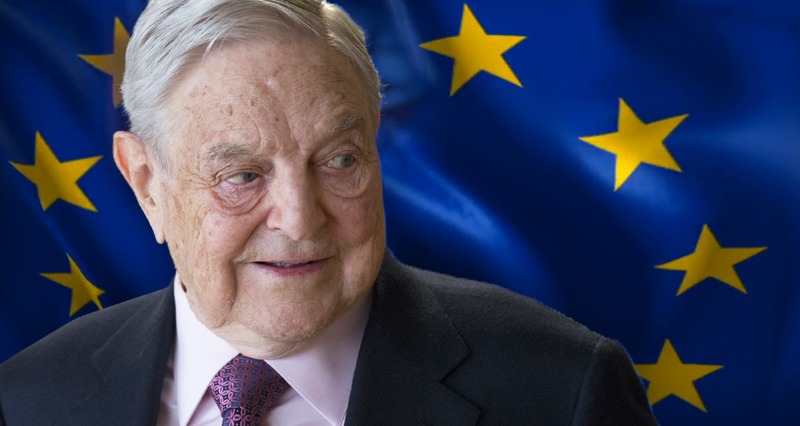

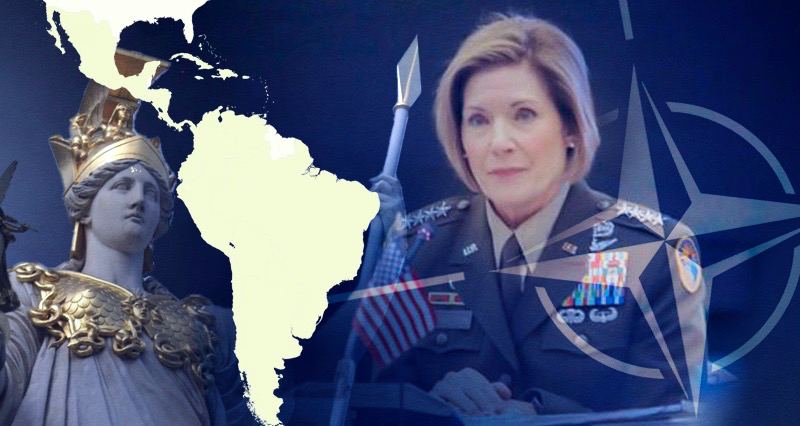
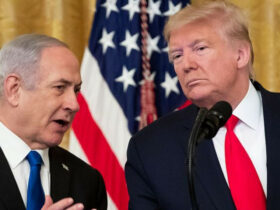




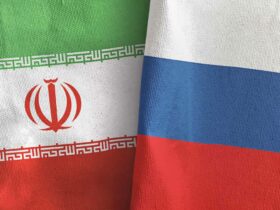

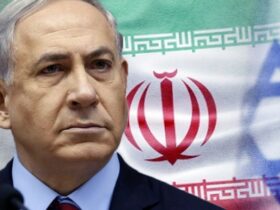

Leave a Reply